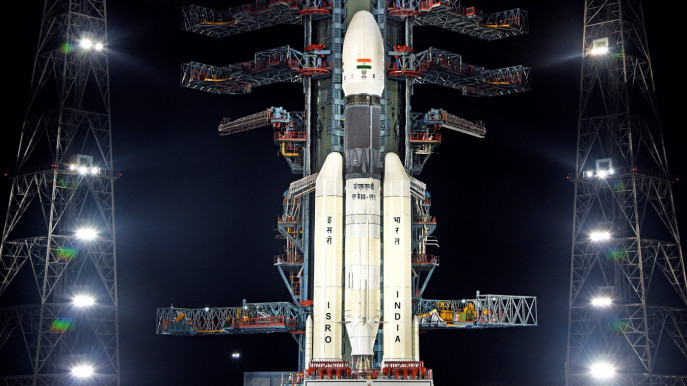India launches satellite to study black holes
The PSLV-C58 rocket, in its 60th mission, successfully deployed payload XPoSat into Low Earth Orbit, said the ISRO.

The PSLV-C58 rocket, in its 60th mission, successfully deployed payload XPoSat into Low Earth Orbit, said the ISRO.
The PSLV-C58 rocket lifted off at 9.10am from the first launch pad at this spaceport, located about 135 km east of Chennai, on January 1.
It is the first dedicated scientific satellite from the ISRO to carry out research in space-based polarisation measurements of X-ray emission from celestial sources.
Besides the ISRO, the US-based National Aeronautics Space Agency (NASA) conducted a similar study — the Imaging X-Ray Polarimetry Explorer mission in December 2021 on the remnants of supernova explosions, the particle streams emitted by black holes and other cosmic events.
While space-based X-ray astronomy has been established in India focusing on imaging, and time domain studies, Monday’s mission marks a major value-addition to the scientific fraternity, the space agency said.
Objective of PSLV-C58 mission
The objective of the PSLV-C58 mission includes measuring polarisation of X-rays in the energy band 8-30 keV emanating from about 50 potential cosmic sources, to carry out long-term spectral and temporal studies of cosmic X-ray sources.
The X-Ray polarisation serves as a crucial diagnostic tool for examining the radiation mechanism and geometry of celestial sources. The primary payload of XPoSat is POLIX (Polarimeter Instrument in X-Rays) which is designed to measure polarimetry parameters by Raman Research Institute and XSPECT (X-ray Spectroscopy and Timing) built by the U R Rao Satellite Centre, Bengaluru.
New Year gift from ISRO
The ISRO welcomed the New Year with the launch of its first X-Ray Polarimeter Satellite. The launch came after the success of its Gaganyaan Test Vehicle D1 mission in October.
In a stellar display of prowess, India soared to new heights in 2023 with the successful soft landing of Chandrayaan-3 on the south pole of Moon and the launch of Aditya-L1, India’s first solar mission.
The primary objective of the Chandrayaan-3, the country’s first successful lunar landing mission, was to demonstrate a soft landing near the lunar south polar region and perform experiments using the instruments onboard the lander ‘Vikram’ and rover ‘Pragyaan’.
On August 23, Vikram Lander made its historic touchdown on the Moon and subsequently, the Pragyan rover was deployed to survey the uncharted lunar south pole.
Among other feats India now aims for are the Gaganyaan Mission, setting up ‘Bharatiya Antariksha Station’ by 2035, and sending the first Indian to the Moon by 2040.




